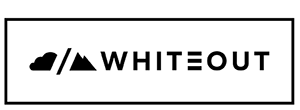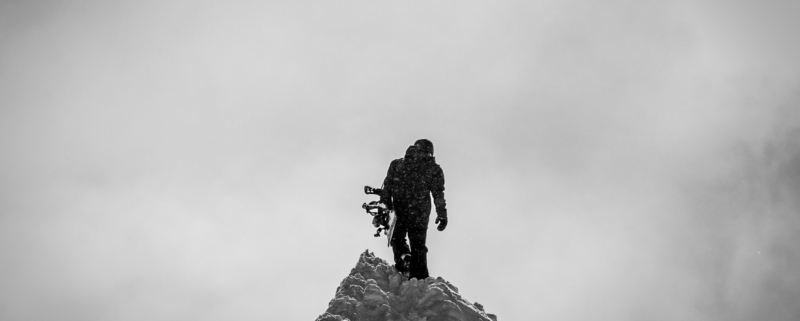Over the past few years we’ve done a good bit of introspection and started to get hung up on some philosophical questions — Is snowboarding a purely selfish pursuit? Is it just another way to feed our egos? Is it anything more than an escape from reality, fueled by rich kids and corporations?
For more insight, we teamed up with Nytaï Aidlin, a young rider from Geneva with a lot of questions about snowboarding’s ability to address society’s challenges. The result is a series of interviews with people who run organizations that are focused on making snowboarding, and our world, a better place. His fifth conversation is with Oliver Kressmann about eco consciousness and his work with the Summit Foundation…
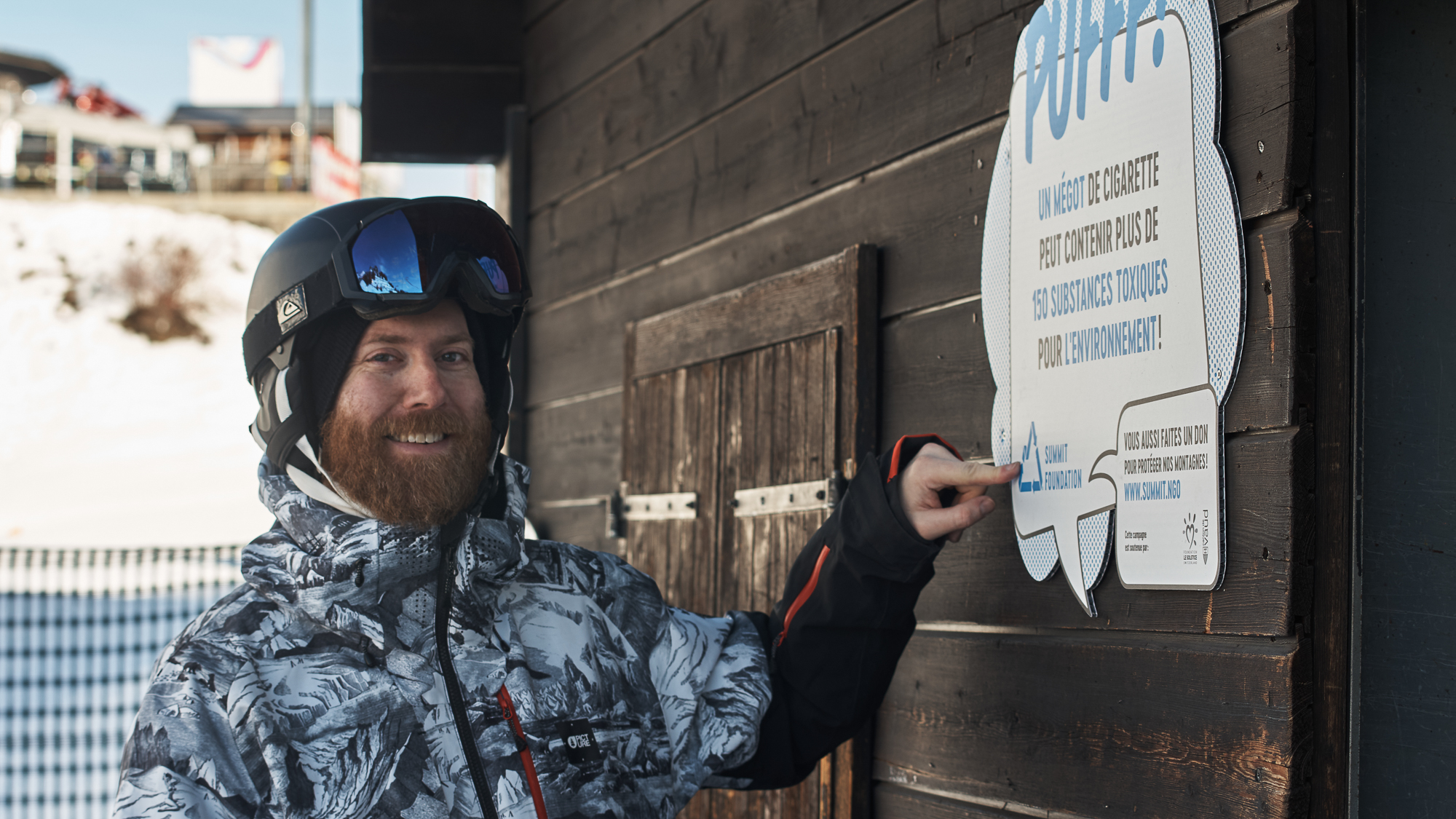
Hi Oliver! First of all, can you explain how you ended up working for the Summit Foundation, and what your role is?
Hey! Well, the short story is that I was in charge of waste management at the Montreux Jazz Festival in 2008 or 2009. We had a meeting with the Summit guys a little bit before the festival, and they were already an environmental partner of the event. But we didn’t have anything to drink in the office except coffee and water. One of the guys from Summit says to me, “hey, we have beers in the car” (Hahaha). When we started talking environment with guys who brought the beers, I thought that they would be good people to work with.
Later on, I had to do civil service and quite naturally, I thought of the foundation again. That turned into a job about eight or nine years ago, and for the past three years, I’ve been managing the organization.
From employee to management. You could say that working to protect the mountains is a proper job.
It’s a f**king job. We have four employees today, but no one is full time because there is more to life than work. We also have a few younger members in the crew, accomplishing their civil service, as well as a few people who are helping out as part of their unemployment program. On top of that, we have 2,500 volunteers who helped us with last year’s Clean Up. We are talking about 6 tons of waste collected last year.
Can you explain the concept of the Clean Up Tour for those who don’t know it?
The Clean Up Tour organizes trash collection events throughout Switzerland. Last year, there were thirty-four Clean Ups organized between May and September. My colleague, Theo, is pooped, because he did all of the events. He’s fried… poor guy (Hahaha). The smallest events can involve 15 volunteers, but the big ones have more like 300.
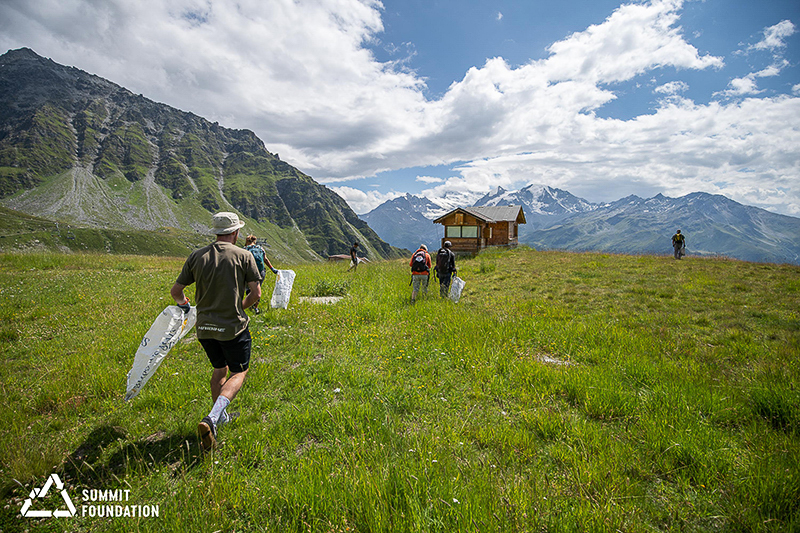
Can everyone participate?
Absolutely everyone. There are families or retired people who take it as an opportunity to go for a walk in the mountains, but there are also groups of friends who come because they have ridden in the snowpark and want to give something back to their region. The whole SkiRomand team was there last summer. They cleaned up the park in Leysin — their playground. You get free access to the ski area, you spend a day outside, you meet locals. It’s a cool day.
You must come across some really weird stuff sometimes!
Hahaha yes! One time we found a tooth. We posted a picture of the tooth on social networks. A dentist identified it and commented that the tooth was a left molar of a man. It was like a criminologist from The Experts (Hahaha). We didn’t find the guy, but we have his tooth!
My absolute favorite is a telescoping back-scratcher. You can put it in your pocket with a little click like a pen. On top there is an inscription that says Mmmmh…. (Hahaha). It was in Villars, if someone is looking for a back-scratcher, lost 5 or 6 years ago, they can contact us.
We find a lot of stuff: smartphones, wallets, skis. The only thing I’m still looking for is a Rolex, or a small suitcase with gold bars in it (Hahaha). Until I find it, I’ll keep looking. There’s an exhibition right now at the Museum of the Absurd in Lausanne, in the Flon, next to the MAD club, where they’re showing some really crazy objects that have been found in the mountains. Go and have a look at it!
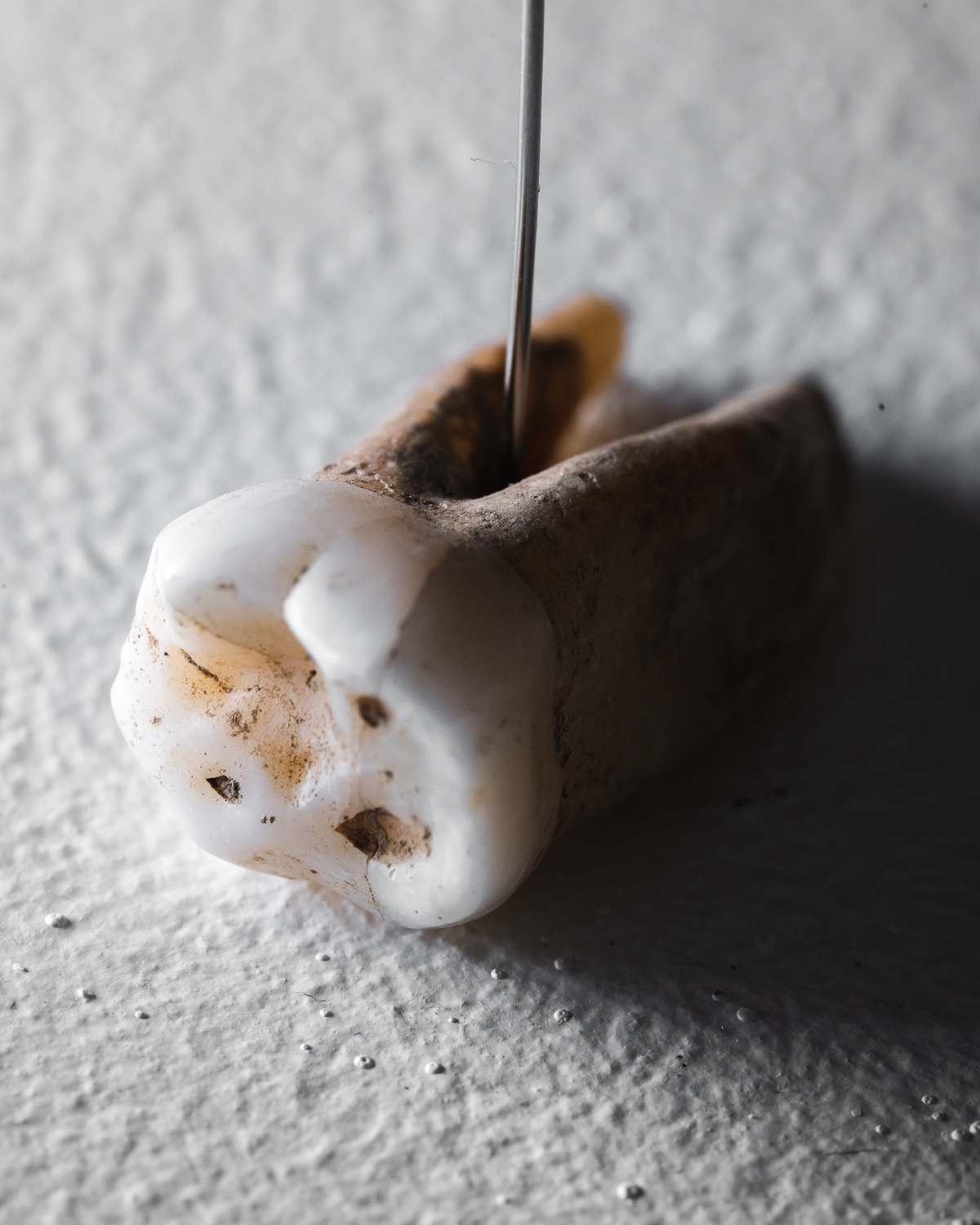
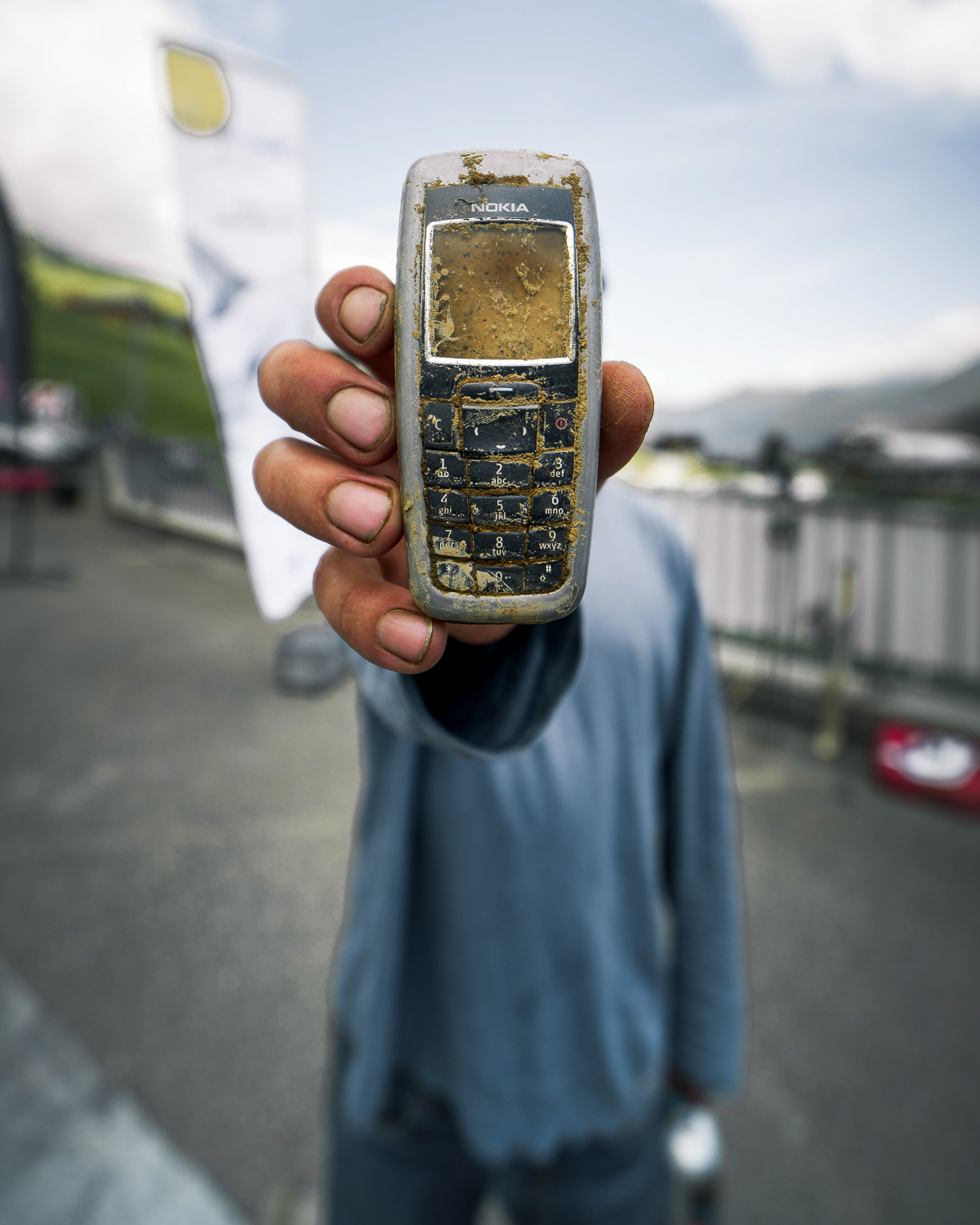
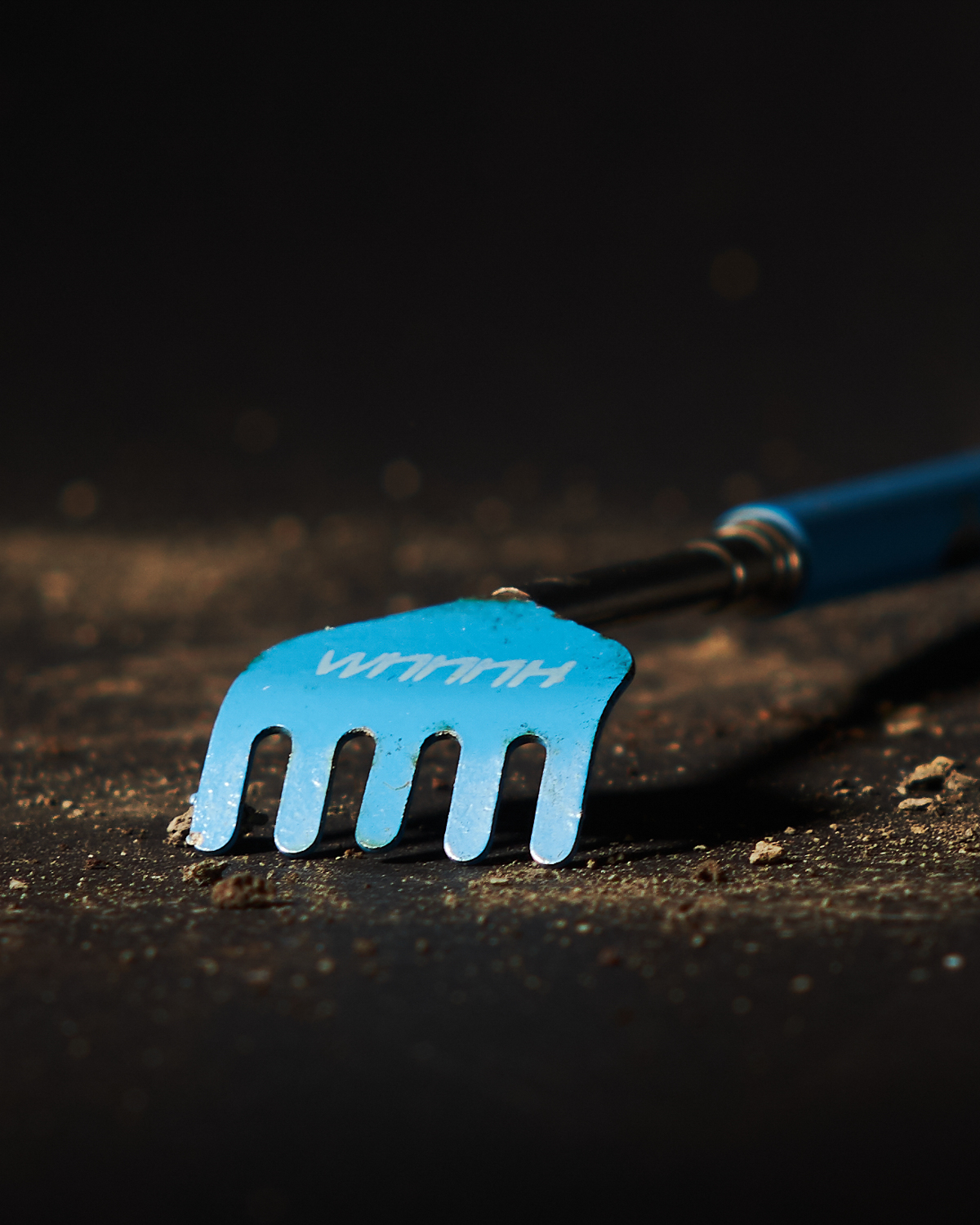
Lost and found. © Damien_Bozzini
It sounds like people just throw away anything in the mountains. How can we change that?
It’s true that collecting is just a bit of a bandaid. A way to affect change is through information. When people know the facts, they change their behavior because they become aware of the problem. This is why we also have signs with awareness messages at the start of ski lifts. We have 1500 panels in 50 resorts throughout Switzerland. It’s mostly in the Upper Valais and the French-speaking part, as well as the Bernese Alps.
You can also change behavior by working on people’s environment. It’s a lot of psychology in the end. The broken window effect, for example, is an exciting psychological phenomenon discovered by the criminal police in Newark, New Jersey in the 1970s. The police noticed that crime went down as windows in buildings were repaired. When you come to a place that you think is nice and clean, you’re going to behave more respectfully than you would in a place that’s run down. It’s a crazy chain of events: The American police discover something, psychologists publish theses, and today, this is applied in the mountains!
That is crazy! But in the end, if we want to keep the mountains clean, isn’t it more efficient to prevent people from riding them?
We’re all passionate riders at Summit Foundation, so we are not at all opposed to snowboarding! Our goal is to educate people about how to do it in the most respectful way possible. Again, information is important. For example, the day I learned that a chamois will probably die if it has to run away 5 times in a season, I changed my behavior. Now that I know it, I just stop a little if I meet a chamois while riding pow, and try not to scare it. And the next time I’ll try to ride a different line to avoid the same situation.
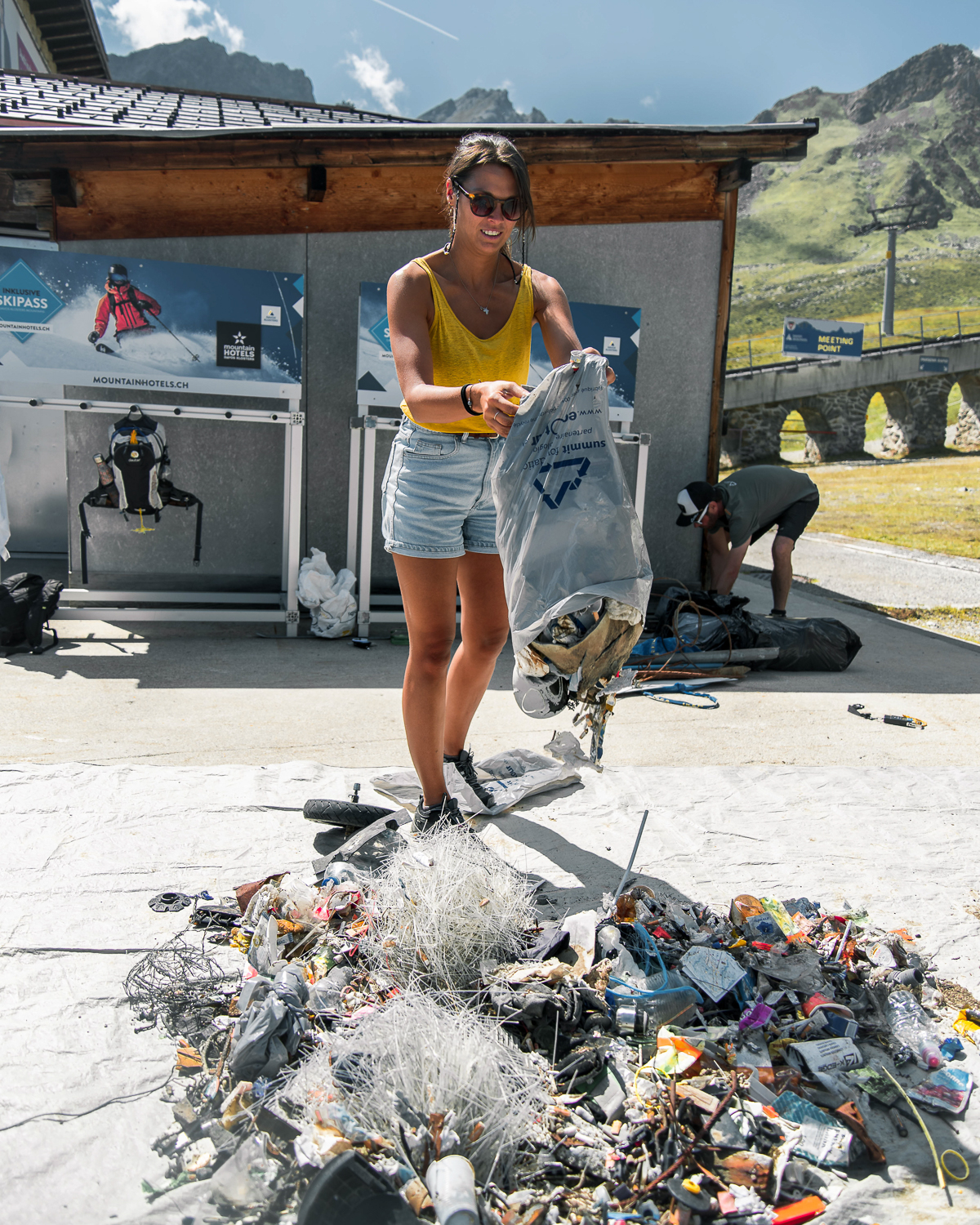
We often say that the impact of individual changes is nothing compared to the impact of changes across an industry. Do you feel that there’ve also been changes in the snowboard industry?
Yeah, we feel a big change in mentality that has been accelerated with COVID. I don’t think I would have done an interview with Whiteout ten years ago (haha).
Joking aside, we realize the urgency of climate change, the collapse of biodiversity, the pollution of the oceans by plastic. Like the rest of the world, the snowboard industry is becoming aware of this. Today, there are brands that support NGOs like ours, like Nidecker, for example.
How exactly do they support you?
Nidecker has supported us financially with the 1% For The Planet program, launched by Patagonia. Through it, companies commit to donate 1% of their turnover to environmental projects. We also helped them launch a global waste collection program that they call Stash The Trash. So there you have it, the industry can help with time and resources that are relatively reasonable. 1% is 1%. When you have shareholders behind you, it can be complicated. But when it’s from huge companies, all of a sudden millions become available to fund projects.
But I think we’re just at the beginning. I mean, we’re going to hit a huge wall in the next few years. If in 2030, 2035, 2040, a third of the ski resorts close because of a lack of snow, I think that the outdoor brands will wake up with a hangover. They’re starting to get it, and get involved.
We work with people and brands, but also with the resorts, the ski lift companies, the tourist offices and the mountain communities to reduce their environmental impact. Will we be able to ride at all in 20, 30, or 40 years? If we just look nearby our office, we can see that riding in Chateau-d’Oex is no longer possible. Les Moulins closed 10 years ago, just like le Braille 2 or 3 years ago. In Métabief, in the French Jura, they announced that they will probably close the lifts by 2030 or 2035. It’s pretty crazy, but we are where we are today. Of course, it is not only due to the lack of snow. There are also problems with the design of facilities, for example. But I think that it is a question of courage on the part of the directors of the resorts below 1800 meters to ask themselves the question: What will we do in 10 or 15 years?
Wow, that is pretty alarming.
To transmit the message across our community, Summit Foundation and other NGOs often have pro riders as ambassadors. Do you think that these pro riders are actually committed to the environment?
It’s often difficult for pros to have an open discussion about their work – which consists of traveling the world to shoot films or participate in competitions – while promoting environmental awareness. In the end, there are few athletes who are very committed.
Mat Schaer is a good example of an ambassador for the Summit Foundation who is a real activist and who is, in my opinion, one of the best snowboarders in the world. He is totally focused on video, and does zero competitions, so he doesn’t necessarily have the notoriety that other snowboarders have. But he’s still one of the best guys in the world, with a very, very big commitment to environmental causes.
In skiing, we also have Laurent De Martin, who is from our region and shot his whole film, Simply, at home last season. With Covid, the pros were not able to travel so much, but there are still plenty of films coming out. Any movies that are home-made means that there are flights and material displacements that have been avoided! So that’s a big reduction in environmental impact. And when Swiss riders make videos in Switzerland, in the most beautiful mountains in the world, it’s just as cool as when they go to Japan.
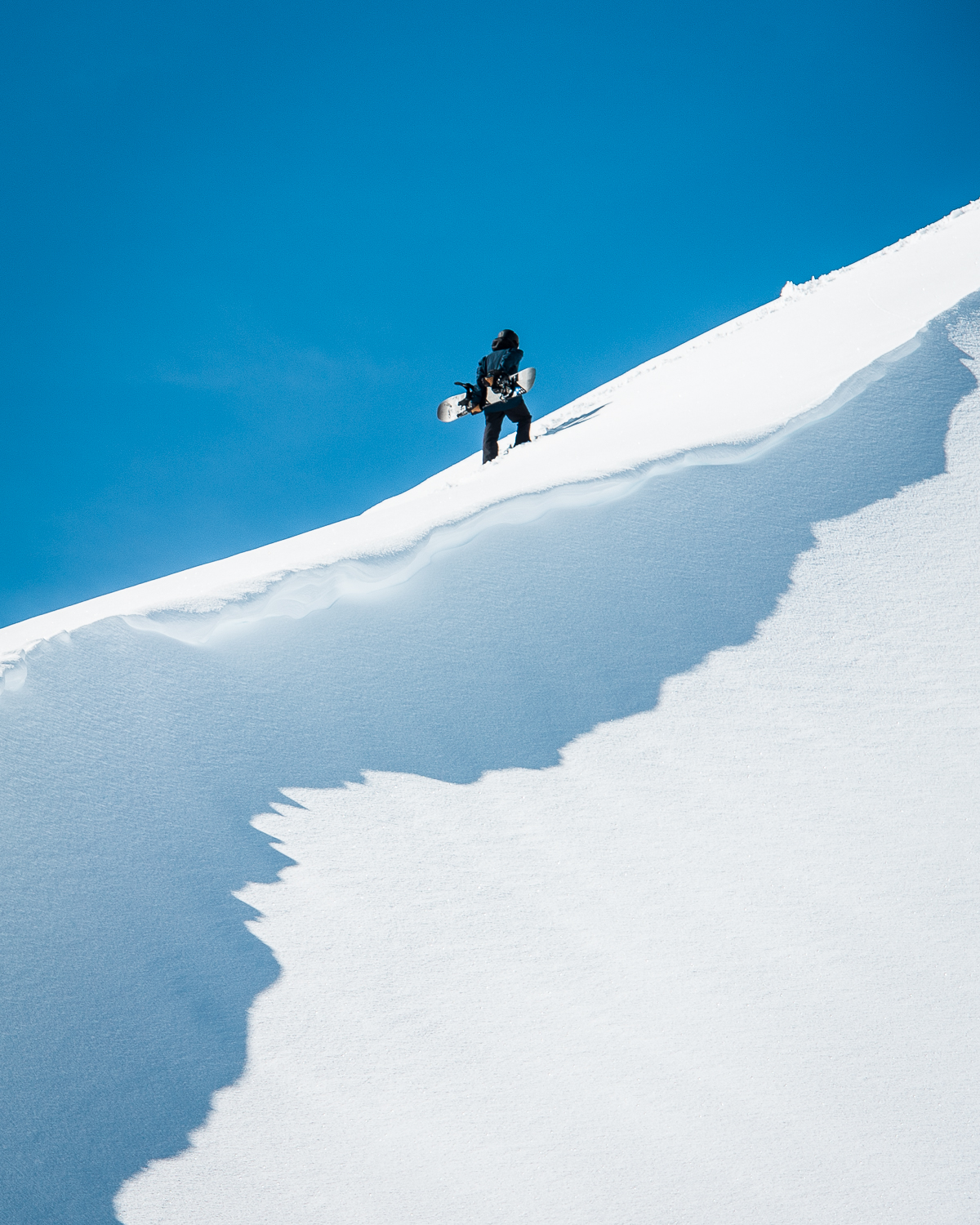
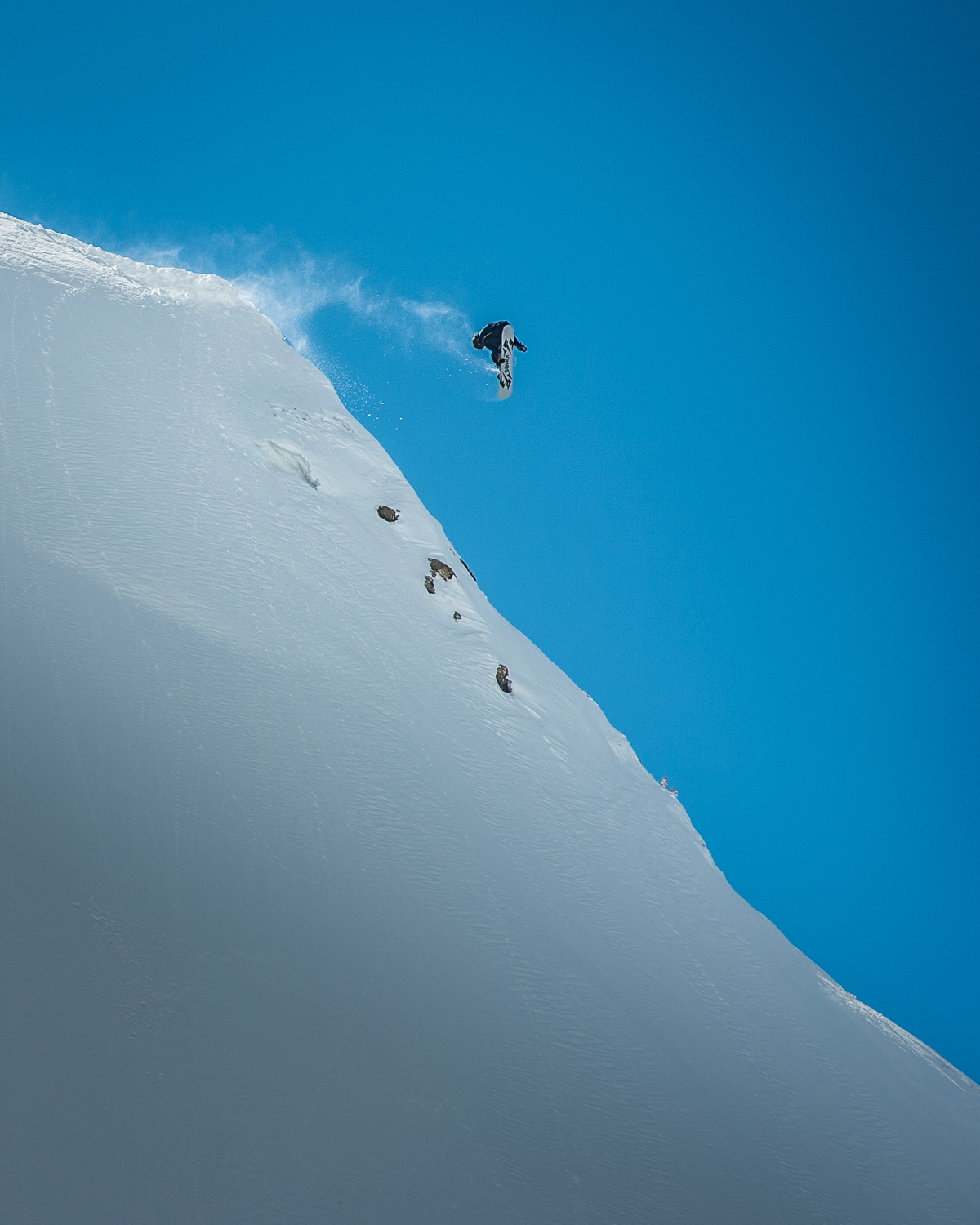
Mat Schaer keeps it local in Champéry. © Ahriel
We understand that Summit Foundation mostly focuses on education, events and action. Other NGOs, such as Protect Our Winters, work at the political level by defending environmental laws. In comparison, you are rather reserved in politics. Why?
We totally respect the huge work that POW does, and in particular the political commitment they have. On our side, since the creation of the Foundation, it is in our statutes that we are apolitical and not religious. We avoid all possible links with the political milieu in order to be able to speak to everyone and include everyone in our fights.
Our work is not in political lobbying but on the ground, outside. I work with a snowboard on my feet, a screwdriver in my hand, and I go around the ski areas to install awareness signs. In the spring, I go back up to the mountain with volunteers to pick up trash. That’s my job.
We need political lobbyists like POW, we need ultra-activists like WWF and Greenpeace, we also need much more moderate NGOs. Because the environmental emergencies are so massive. We need everyone to be able to recognize themselves in our NGOs’ fight.
How can a young person like me be involved?
Roll up your sleeves, grab a pair of gardening gloves and join us on the Clean Up Tour! You can also do your civil service to lend a hand with a screwdriver and big backpack by going around the ski areas to help us equip the resorts. In my opinion, it’s the coolest job in the world.
Any last words?
Get informed. Subscribe to the social networks of NGOs to see the different battles that we are fighting. We realize that we don’t know so much about the mountains. It’s worth learning. Spread the word about these issues with your friends. No need to be shy. If you’re twenty years old today, you were born with these issues. So you should definitely not be ashamed to talk about it.
Thanks for your time Olivier! For more info, be sure to check out Summit Foundation and participate in this year’s Clean Up Tour.
